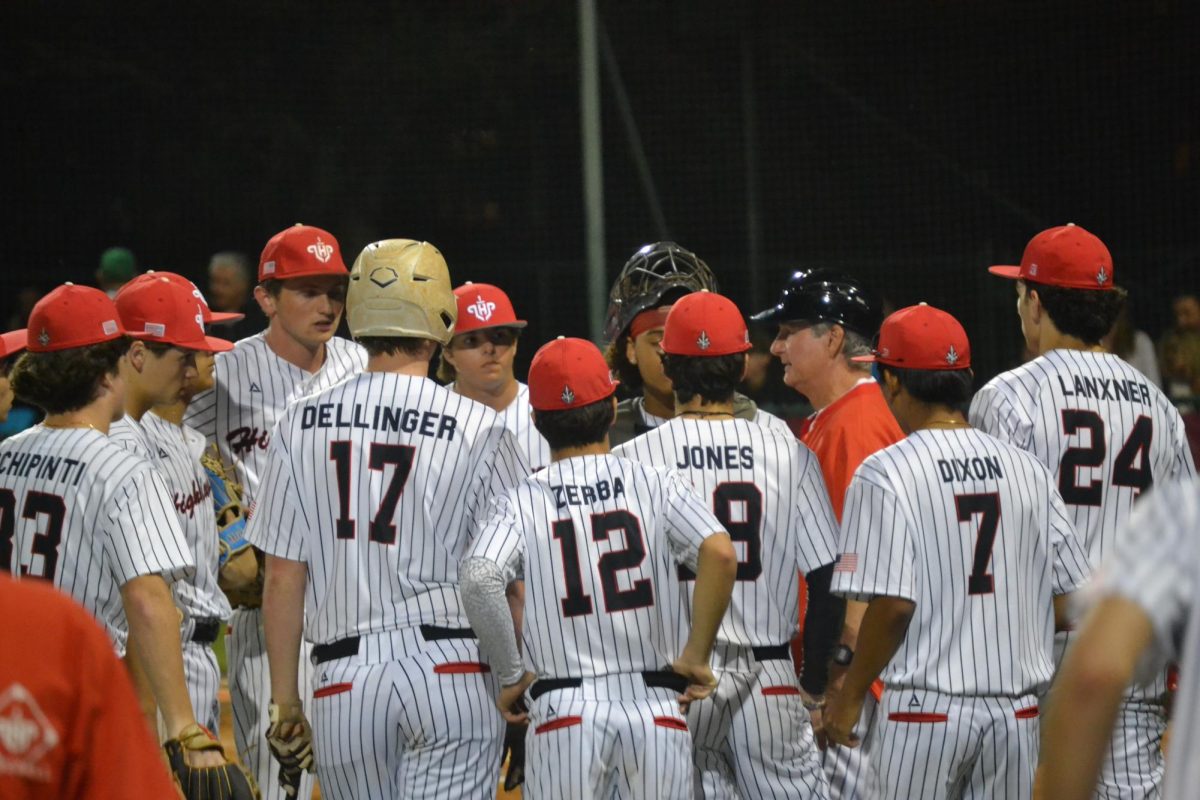In the new Barbie movie, actress America Ferrera’s character explains how it is, “Impossible to be a woman.” The viral scene, one I highly recommend watching, conveys the frustrations of many young women regarding how society, “Is too contradictory” when it comes to what people want from them. As an avid reader, I’ve noticed how these double standards have been conveyed throughout various periods of time in literature as well. Over the past year, I’ve read about some of the most unique women, both fictional and real, and how they’ve battled through these clashing views on what they’re supposed to be doing and how, illustrating how this struggle is not recent. It is a topic in which we need to give the women in our society a little grace. That being said, here are some of the novels that highlight this issue, demonstrating that despite the good that’s been achieved, double standards have remained throughout time.
Recently, students in A.P. Literature and Composition read the Greek play Medea by Eurpides. The play takes place around 1300 B.C., where sorceress Medea is eager to get justice by means of revenge when her husband, Jason, secretly marries another woman. Traditionally, many Greek male heros assume their status by doing just that, achieving merciless justice when they or their loved ones have been betrayed or hurt. However, despite having the support of many, especially the common women, Medea is told to get both justice for herself as well as to let go of her anger and let the Greek gods deal with Jason’s punishment instead. Although it is unclear whether Euripides meant to draw attention to these conflicts in support of women, today’s audiences can interpret this as hypocritical as well as inconsistent with what women are expected to do. This becomes especially clear after Medea was exiled along with her two children, with Jason doing nothing to stop that.
Similarly, these ideas appear in Jane Austen’s novel Persuasion. During the early 1800s, Lady Anne Elliot turned down her lover’s, Captain Frederick Wentworth, offer to marry her, convinced by her family that it was not a suitable match, considering her financial superiority. Yet the Captain, along with others close to Lady Elliot, shame her for turning down a man simply because of his financial status. Simultaneously, they support her cousin in marrying solely for money on multiple occasions. Now, the politics behind marriage were much different at the time, given that all of a woman’s property and money were essentially her husband’s until his death, during which everything of his would be passed down to her or their children. However, this still demonstrates how Lady Elliot was expected, by those close to her, to give the man she loves a fair chance as well as marry another man for his social status, further illustrating how women are given little space to do what they want while also pleasing society.
These themes are also noticeable in Kate Quinn’s World War II era novels. For example, in The Huntress, high-school graduate Jordan McBride is expected to prepare for her upcoming marriage while also securing her future financially. However, even this has restrictions as her father does not allow her to attend college for her passion, photojournalism, and instead requires her to take over the family store. Meanwhile, her fiancée is not as burdened by the pressure of a wedding and has the time to attend flight school to pursue his dreams, both financially and emotionally. This showcases that Jordan is expected to make time for her future family while also being away from them to work at a job for which she is not as excited. In addition to those conflicting standards, she also feels obligated to satisfy both needs of the family she is building, as well as the family from which she came. Essentially, the expectations of those closest to Jordan prevent her from having time for her to do what she pleases, a stark contrast to the expectations and use of time compared to her fiancée.
Delia Owen’s novel, Where the Crawdads Sing, demonstrates these contradictions even more drastically. Abandoned by her family, Kya Clark lives near a marsh in North Carolina during the 1950s and 1960s, learning much about life from the creatures around her. After she breaks up with her boyfriend, Chase Andrews, from a neighboring town, he harasses and assaults her, presenting a more threatening danger than living alone in the wild. Aware that authorities would brush her off due to her gender and social status, Kya becomes tired from hiding and lures Chase out, killing him as he approaches her. As expected, the town assumes that Kya is to blame for his death, maliciously commenting on her family background and falling for the rumors about her, while conveniently ignoring the fact that their golden boy had attacked her on multiple occasions. This demonstrates that Kya was stuck between the unspoken rule for women to not cause trouble but to also protect herself, while her aggressor got away with every crime, leaving her no choice but to upset society.
Now, I realize that all of these books take place much earlier than the 21st century. However, it is important to note that many girls and women today can still deeply resonate with these restrictions placed on the female protagonists. In addition, both The Huntress as well as Where the Crawdads Sing were published in 2019 and 2018 respectively, expressing that many of the issues their heroines faced are still applicable in different but equally as impactful ways. Therefore, it is clear that double standards have dominated the timeline. However, as we prepare our students for success in the future, let’s ensure that these conflicting standards in the real world are demolished.









































